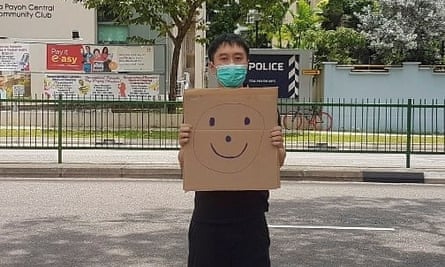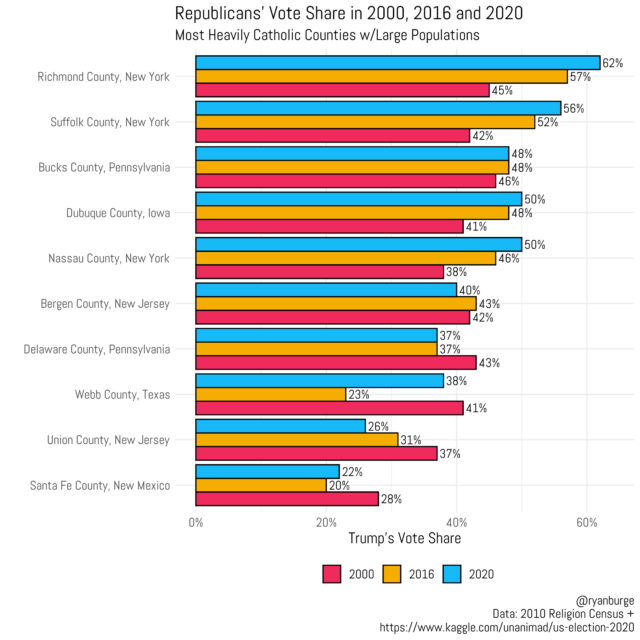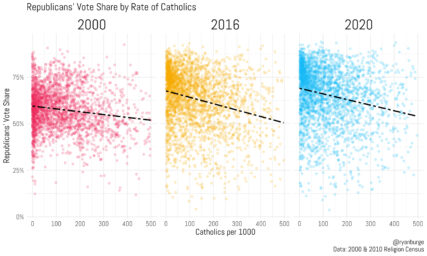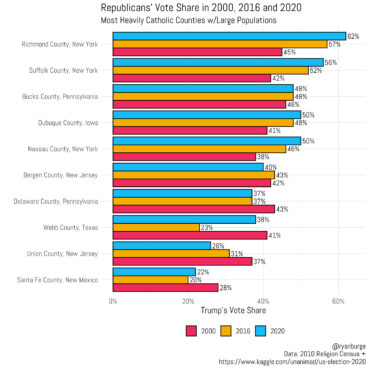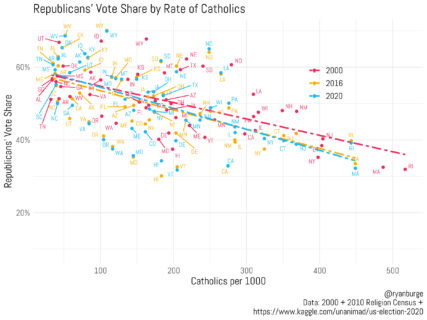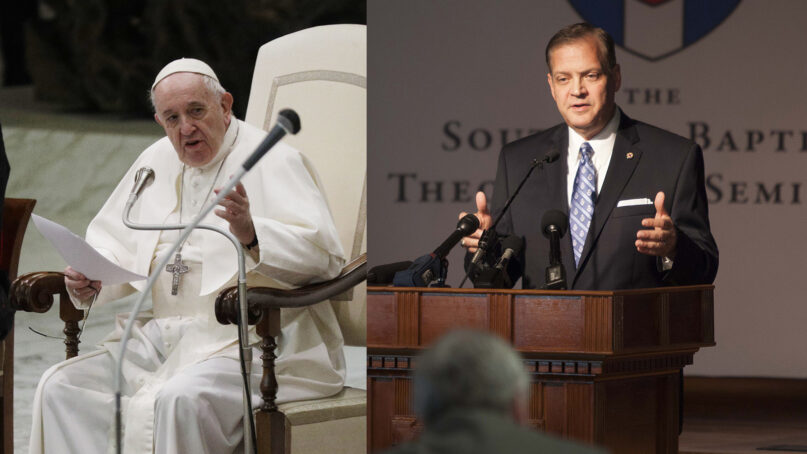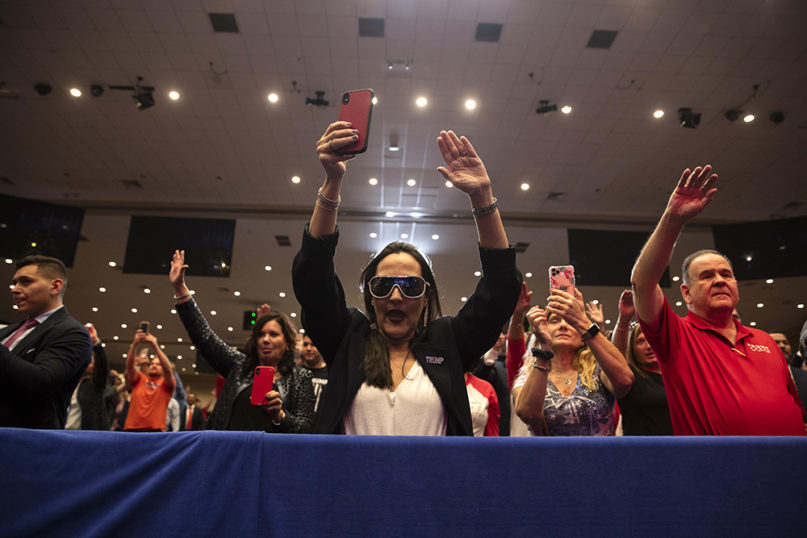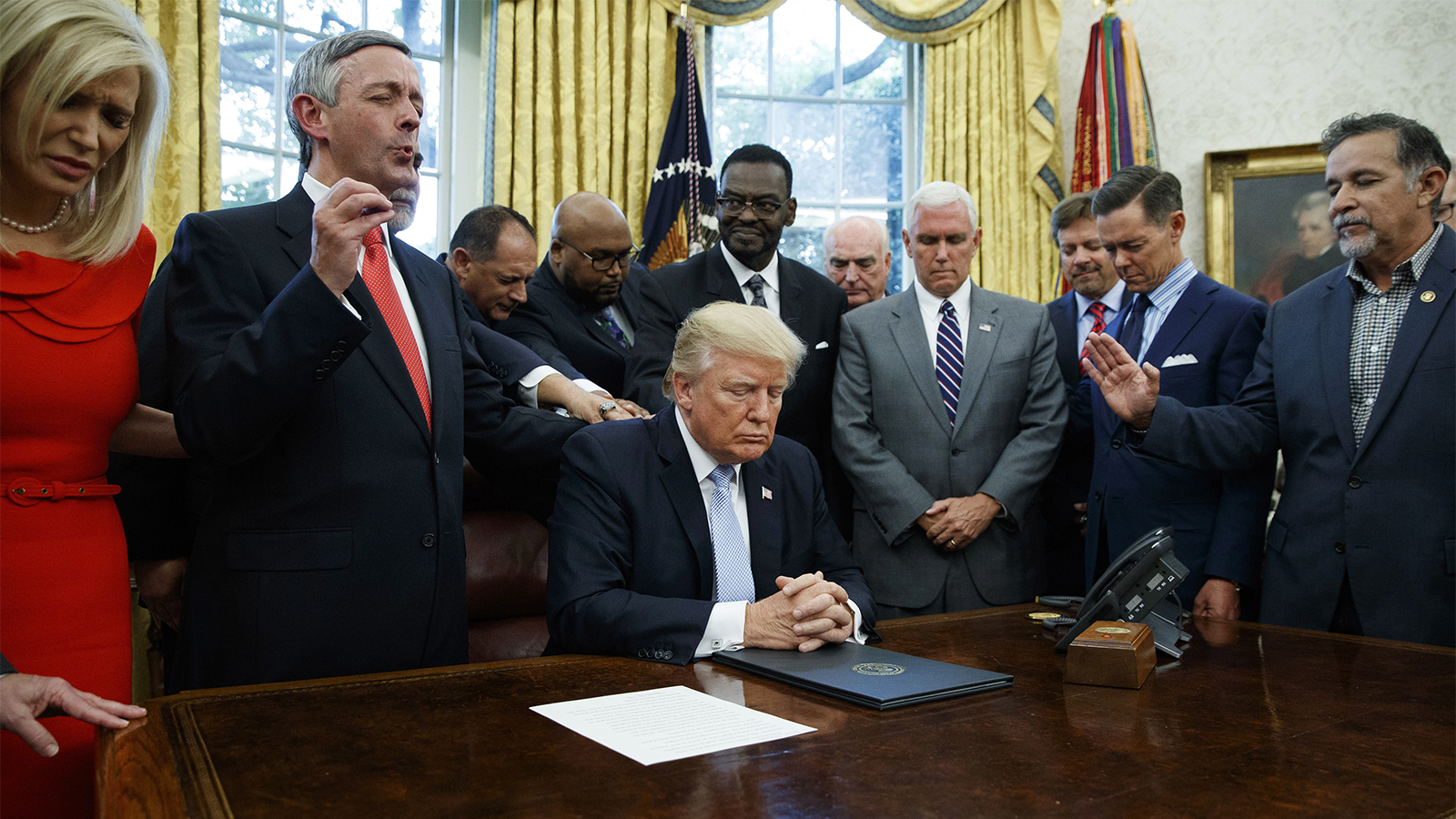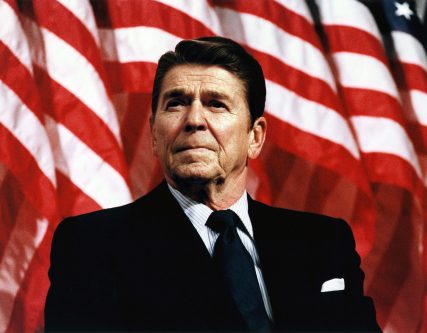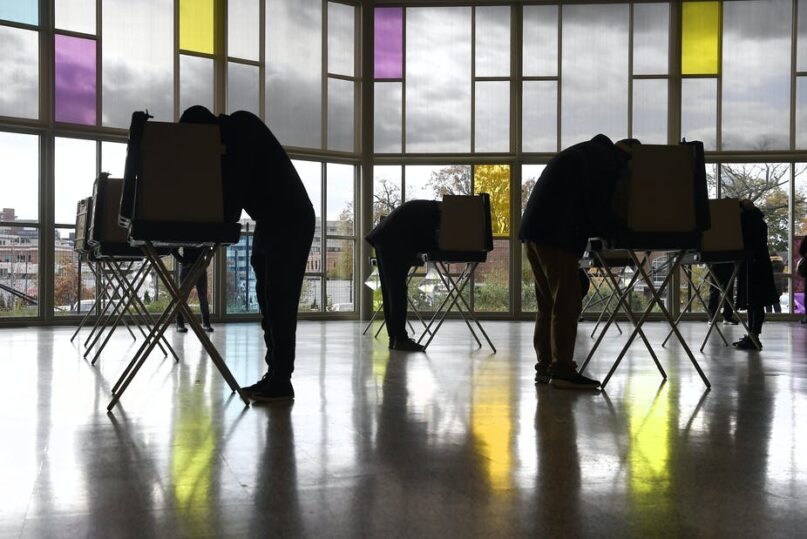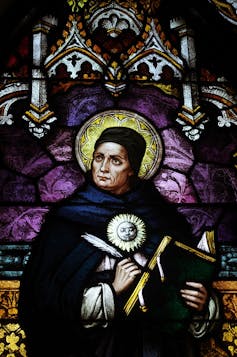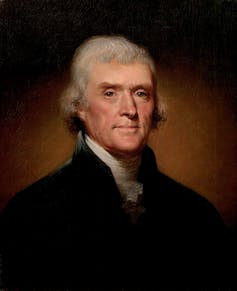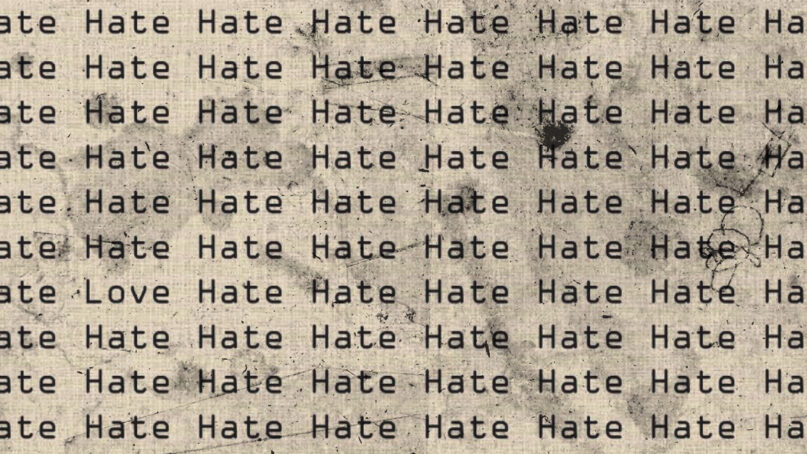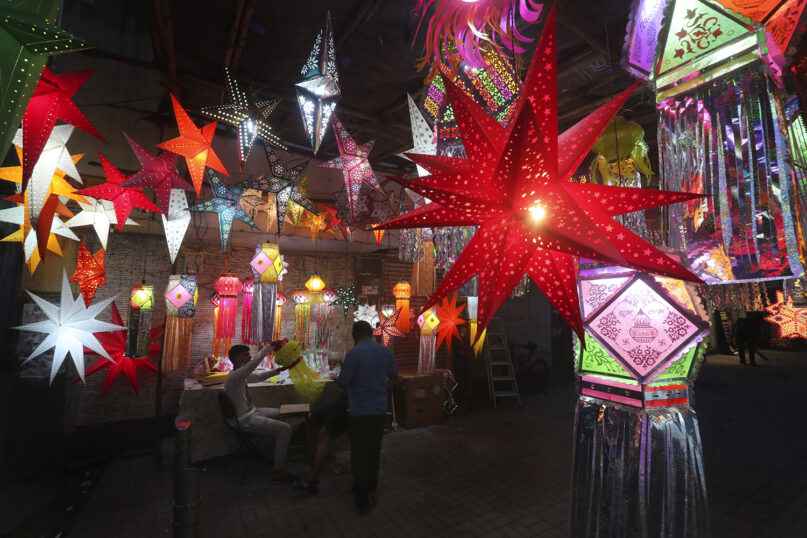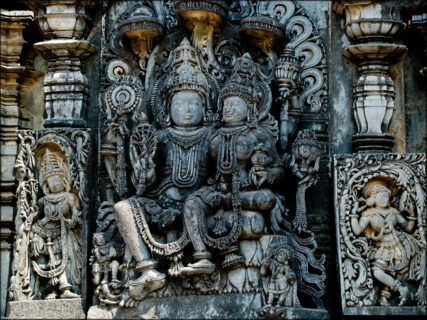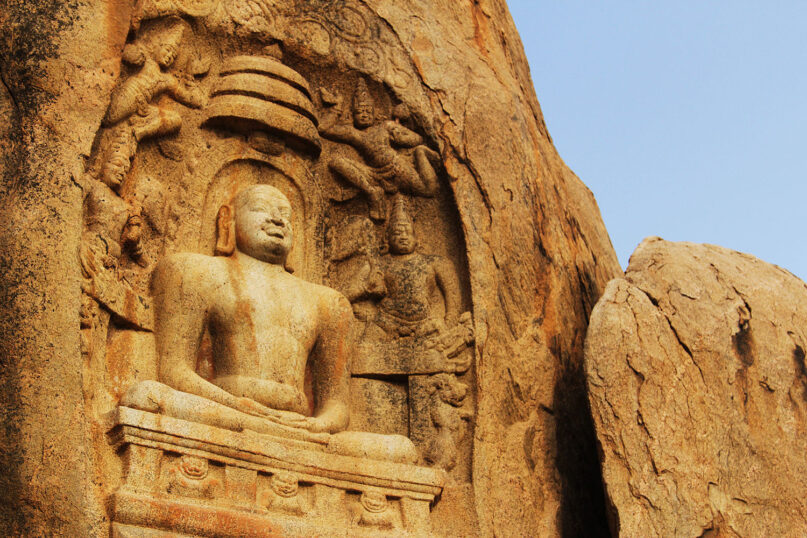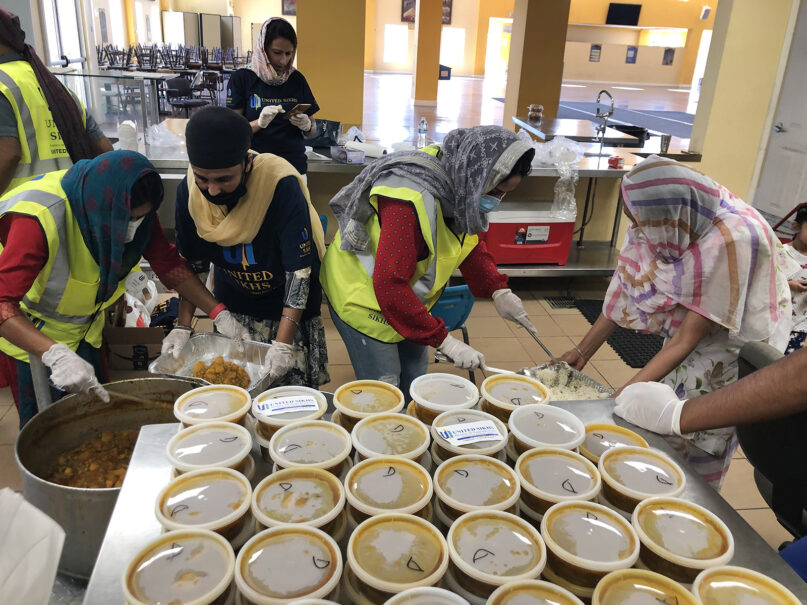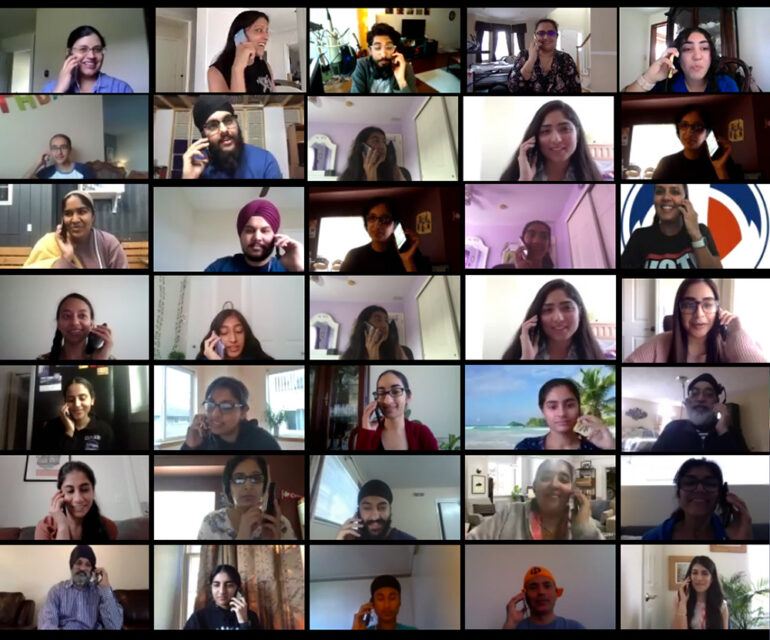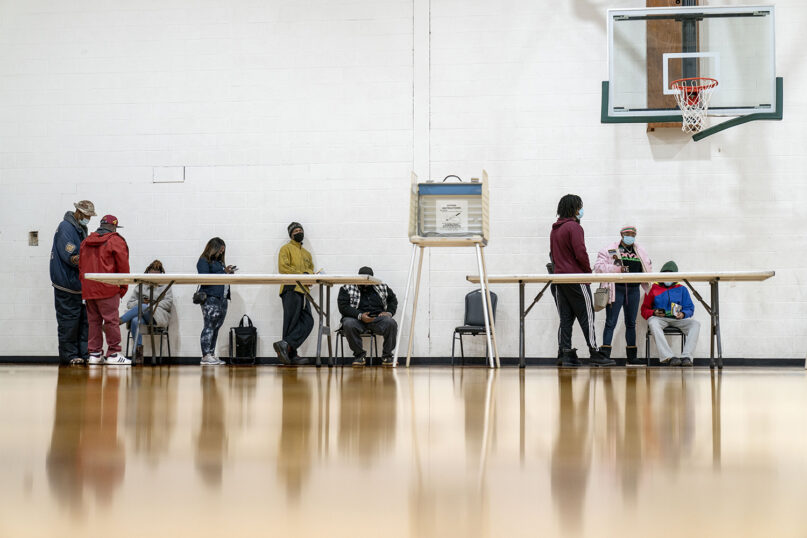George Dvorsky
Yesterday
The casts of two men—possibly an enslaved individual (right) and a wealthy individual (left).Image: Parco Archeologico di Pompei (AP)
Archaeologists working near the ancient city of Pompeii have uncovered the remains of two men who were likely trying to find shelter during the catastrophic eruption of Mount Vesuvius in 79 AD.
When Mount Vesuvius erupted nearly 2,000 years ago, the volcano played a cruel trick on the people living nearby.
The eruption happened in two major phases, the first of which produced a deluge of pumice and ash. This hellish rain lasted for around 18 to 20 hours, during which time the inhabitants of nearby cities and villages sought shelter from the falling rocks. When it finally stopped, some used the opportunity to flee, trundling through a thick layer of fallen ash. Unbeknownst to them, however, the worst was yet to come.

The casts of the two men.Image: Parco Archeologico di Pompei (AP)
Approximately one hour after the end of the first phase, Vesuvius roared back to life, spewing catastrophic pyroclastic flows—basically, fast-moving, super-heated avalanches of hot ash, lava, and gas—onto the areas below, including Pompeii, Herculaneum, and Oplontis. The pyroclastic flows slammed into these settlements, burying structures—and anyone unfortunate enough to still be around—in hot volcanic ash. This had the effect of preserving people at their moment of death, allowing archaeologists to study the victims of the eruption in exquisite detail.
The new discovery at Pompeii, as described in a statement prepared by the Archaeological Park of Pompeii, captures the demise of two men who took shelter in a room, only to be consumed by the dense, ash-filled current. Imprints made of their remains, found under nearly 7 feet of hardened ash (2 meters), show the victims in their final postures.
The men were at Civita Giuliana—a large and lavish suburban villa located 700 meters northwest of Pompeii. When archaeologists explored this villa, which once offered guests a stunning view of the Mediterranean Sea, back in 2018, they found the remains of a horse in its stable, along with a bronze-plated saddle and tack. The bodies of the two men were found inside a room near a covered passageway, known as a cryptoporticus, which provided access to the upper floor.
Horse Skeleton With Saddle and Harness Still Attached Uncovered at Pompeii
The volcano that destroyed Pompeii in 79 AD affected both the citizens of the ancient Roman city…Read more
The room was narrow, just 7.2 feet (2.2 meters) wide, and it featured a wooden floor. After Vesuvius entered its second phase, the room became engulfed in hot ash, which seeped through multiple entry points, according to the Archaeological Park of Pompeii statement. Excavations of the room revealed the two skeletons locked in hardened ash.
Their bones were analyzed on site and then removed, but, as was the case elsewhere at Pompeii, their bodies left an impression, or cavity, in the solid ash. The archaeologists poured plaster into this cavity, a technique invented by Italian archaeologist Giuseppe Fiorelli in 1867. These casts can reveal life-like evidence of hands, facial features, and even clothing. Here, the casts provided the shape and position of the bodies, showing them in their agonizing supine position.

Some of the detail is unreal.Image: Parco Archeologico di Pompei (AP)
The head of the first victim is bent, and his teeth and skull are still visible. A preliminary analysis suggests he was between 18 and 25 years old when he died and was 5 feet and 1 inch (156 centimeters) tall. The man is believed to been enslaved, as his spinal column had compressed discs, a potential sign of manual labor. He was wearing a short tunic made from wool when he perished.
Preserved Brain Tissue Found in Victim of Ancient Vesuvius Eruption, Scientists Report
The catastrophic eruption of Mount Vesuvius nearly 2,000 years ago is famous for preserving its…Read more
The arms of the second victim, perhaps a wealthy person, were folded on his chest, and his legs were spread apart with knees bent. He was somewhere between the ages of 30 and 40, and he stood 5 feet and 4 inches (162 cm) tall. The man was wearing a tunic and wool cloak, and fragments of white paint were found near his face, possibly from a collapsed wall nearby.
Pompeii and its nearby areas continue to yield important archaeological discoveries. A study from earlier this year, for example, revealed neurons in a victim whose brain was vitrified, or turned to glass, during the explosion.
The first stable relationship that emerges in Hegel's dialectical development of this topic is that of Lordship and Bondage. The master is acknowledged as such by ...

